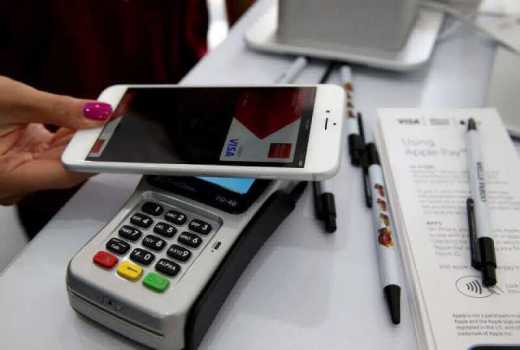×
The Standard e-Paper
Kenya’s Boldest Voice

Janet Akinyi, a mama mboga (greengrocer) in one of Nairobi’s low-income suburbs, is neck-deep in debts which she incurred from the myriad mobile lending platforms that seem to mushroom with every crack of dawn.